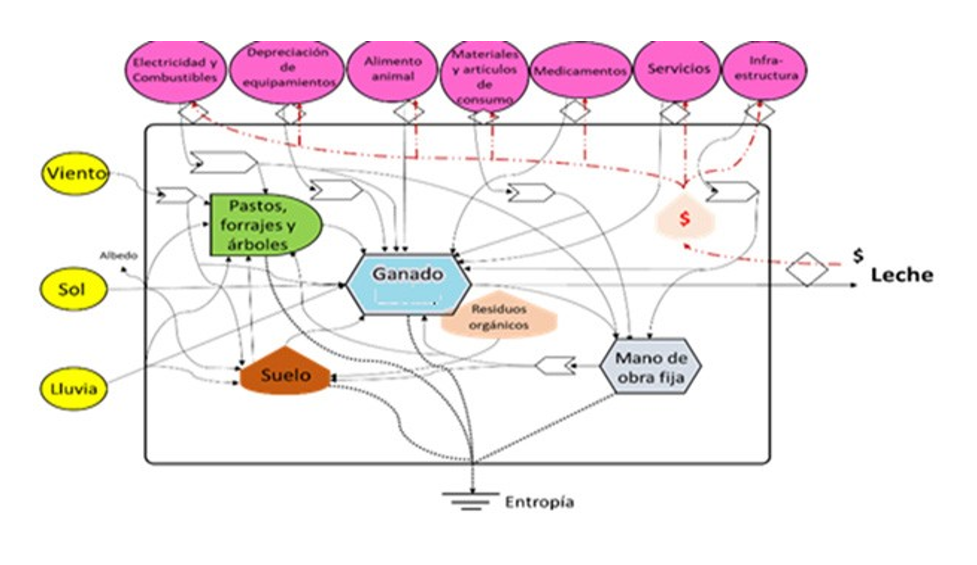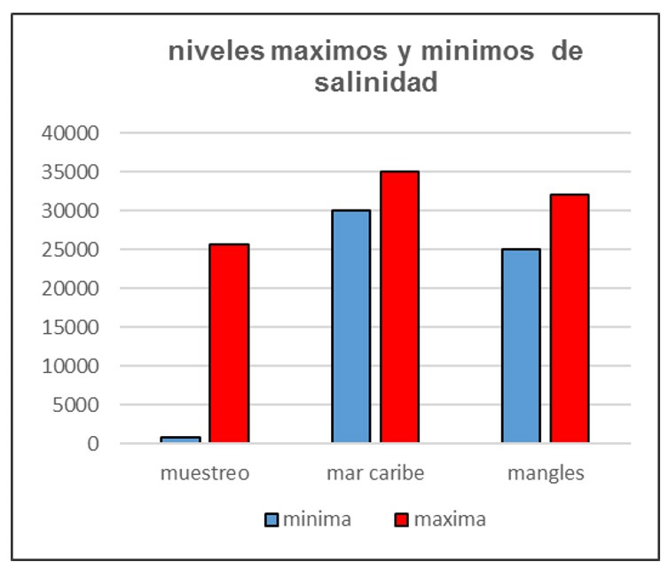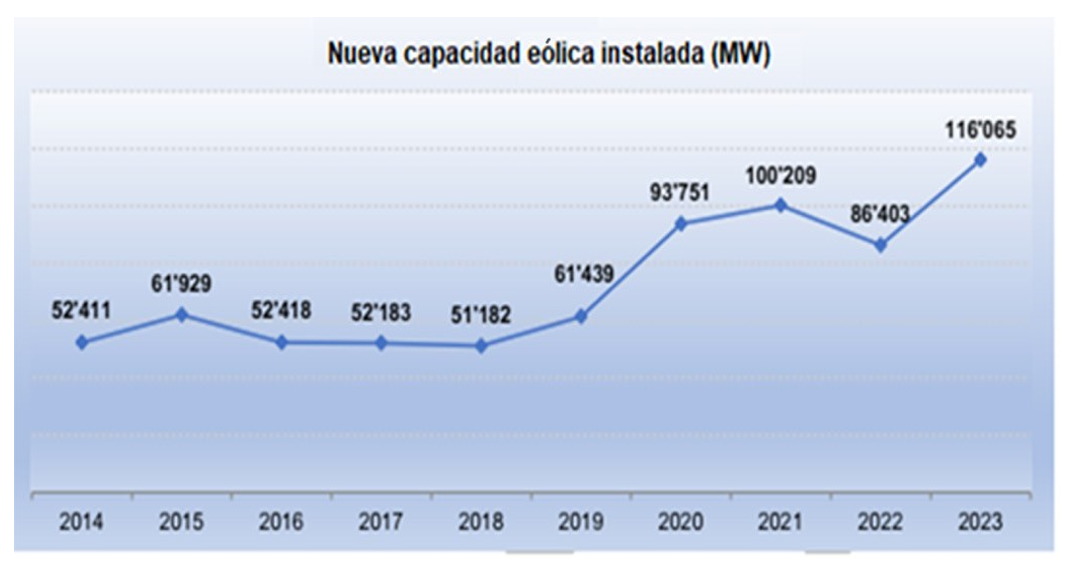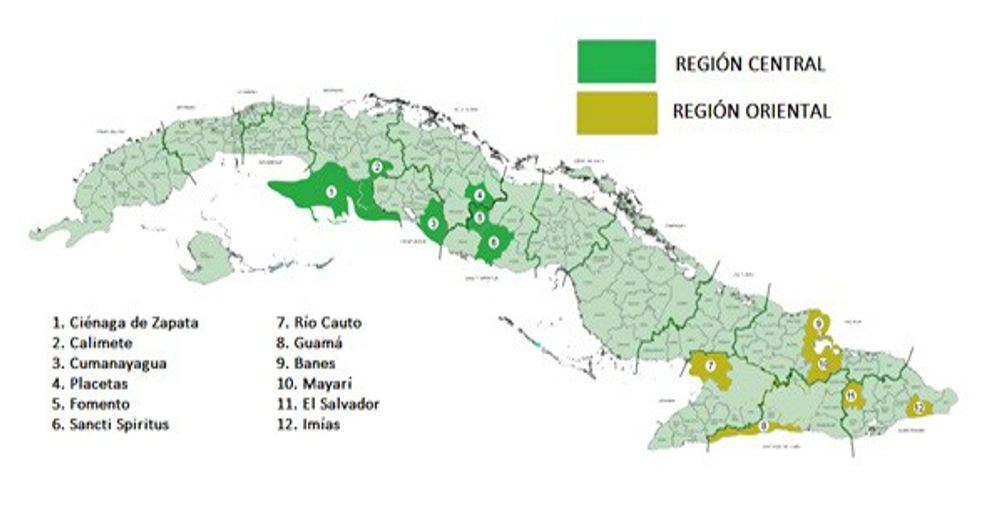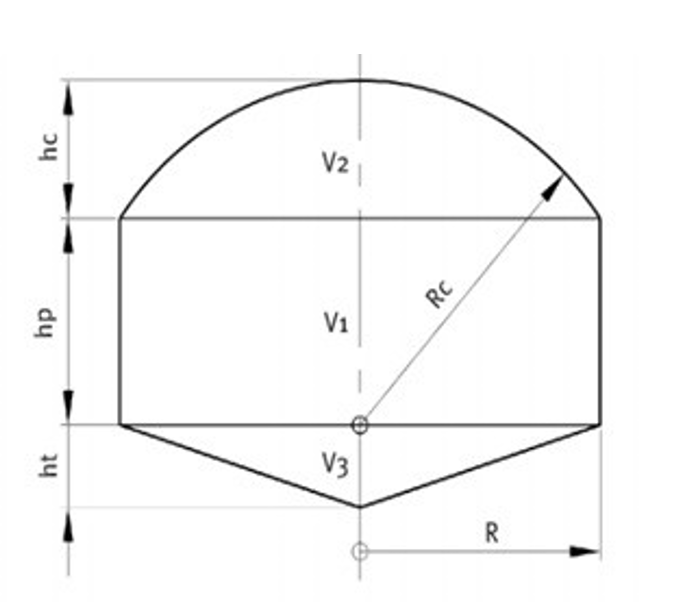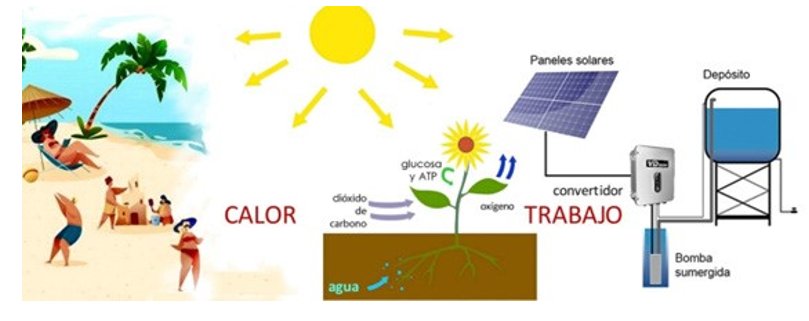La revista Eco Solar con ISSN-1028-6004 y RNPS-2220, es una publicación científica cubana arbitrada, en formato electrónico y trimestral, para los especialistas vinculados con el desarrollo energético sostenible, editada por la Sociedad Cubana para la Promoción de las Fuentes Renovables de Energía y el Respeto Ambiental (Cubasolar), el Centro de Gestión de la Información y Desarrollo de la Energía (Cubaenergía) y el Centro de Estudio de Tecnologías Energéticas Renovables (Ceter). Se dedica a la promoción de temas relacionados con el desarrollo energético sostenible: la energía solar (fotovoltaica, hidráulica, eólica, solar térmica, biomasa y ciencias relacionadas), la eficiencia energética, la arquitectura bioclimática, el impacto sobre el medioambiente y la educación ambiental. La revista relaciona a: Ingenieros mecánicos, investigadores, profesores, técnicos y profesionales en general, que trabajen en alguna de las ramas de las fuentes renovables de energía (FRE) y el respeto ambiental, o en cualquier ciencia o tecnología afín, los cuales constituyen el universo de lectores y contribuyentes de la revista.
Número actual
Núm. 84 (2024): enero-diciembre (en progreso)






